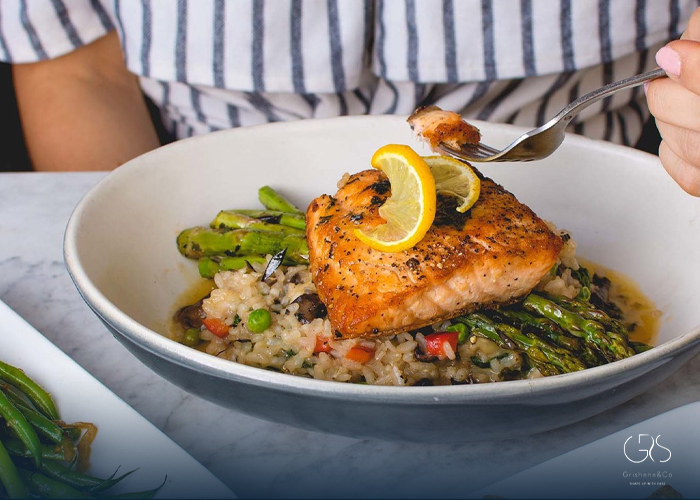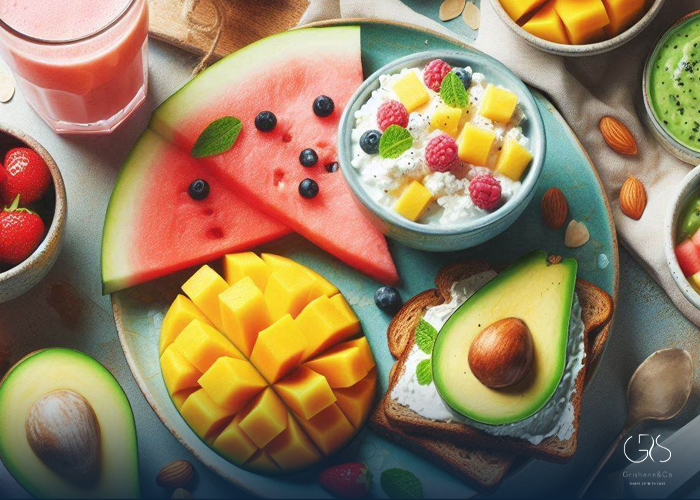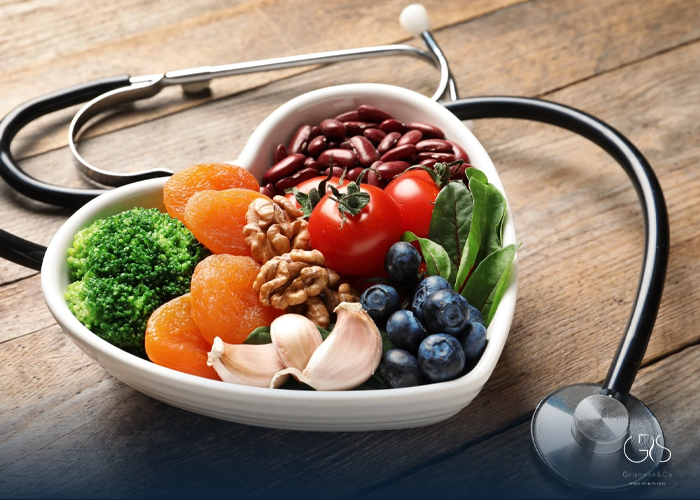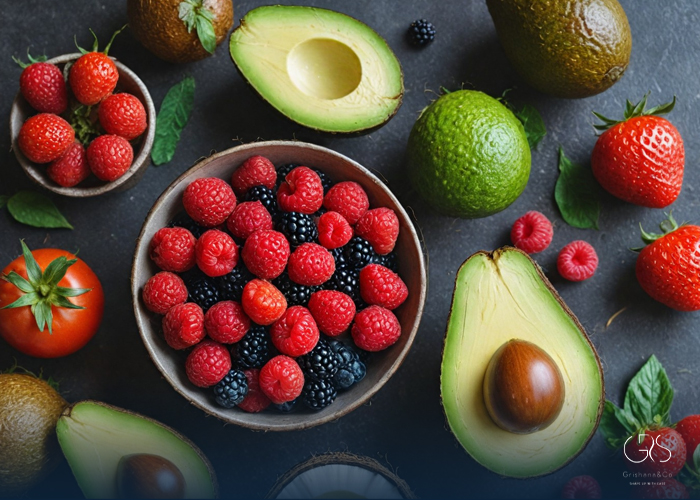The Pescatarian Diet has gained popularity in recent years as more people choose to adopt a flexible plant-based lifestyle while incorporating seafood into their meals. This article aims to provide a comprehensive guide to the Pescatarian Diet, including how it works, guidelines to follow, what foods to eat, meal ideas, benefits, and concerns regarding its safety.
How the Pescatarian Diet Works
The Pescatarian Diet is a type of vegetarian diet that includes fish and seafood, while excluding other animal meat such as poultry, beef, and pork. The pescatarian approach focuses on plant-based foods like fruits, vegetables, whole grains, legumes, nuts, and seeds, while allowing for the incorporation of seafood for added variety and nutritional benefits.
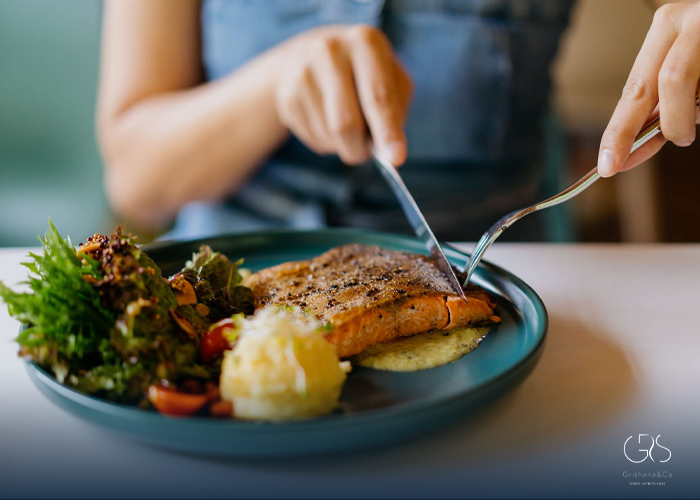
Guidelines of the Pescatarian Diet
- Emphasize plant-based foods: Fill the majority of your plate with fruits, vegetables, whole grains, legumes, and plant-based protein sources like tofu and tempeh.
- Include seafood and fish: Incorporate fish and seafood into your meals, aiming for 2-3 servings per week. Choose sustainable and low-mercury options such as salmon, trout, sardines, and shellfish.
- Limit processed foods: Minimize the consumption of processed foods, including refined grains, sugary drinks, and snacks.
- Balance macronutrients: Ensure a balanced intake of carbohydrates, proteins, and healthy fats from plant-based sources.
- Consider supplementation: Since some nutrients, like vitamin B12 and omega-3 fatty acids, are primarily found in animal-based foods, pescatarians may need to supplement to meet their nutritional requirements.
What to Eat on the Pescatarian Diet
The Pescatarian Diet offers a wide range of nutrient-dense foods:
Fruits and vegetables: Include a variety of colorful fruits and vegetables in your meals to provide a wide array of vitamins, minerals, and fiber.
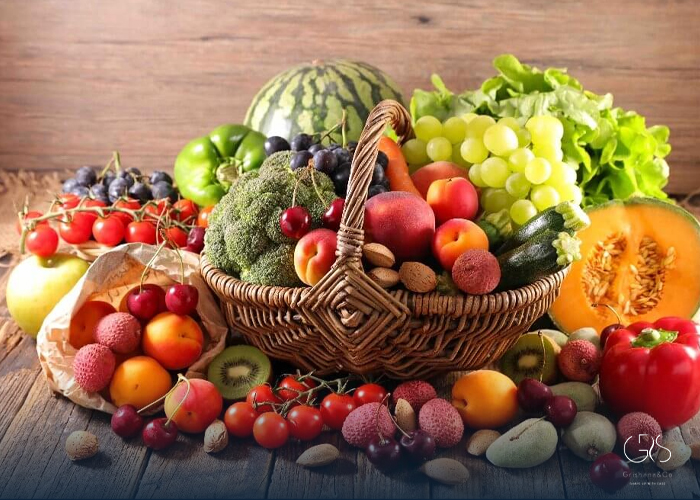
Whole grains: Opt for whole grains like quinoa, brown rice, and oats, which are rich in fiber and provide sustained energy.
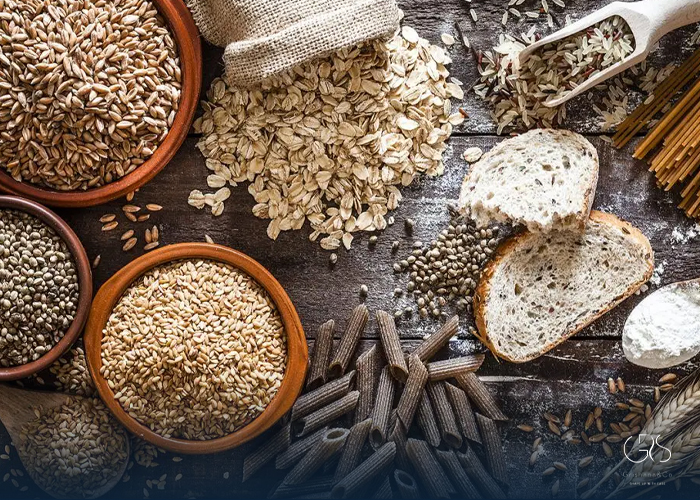
Legumes: Incorporate beans, lentils, and chickpeas as a source of protein and dietary fiber.
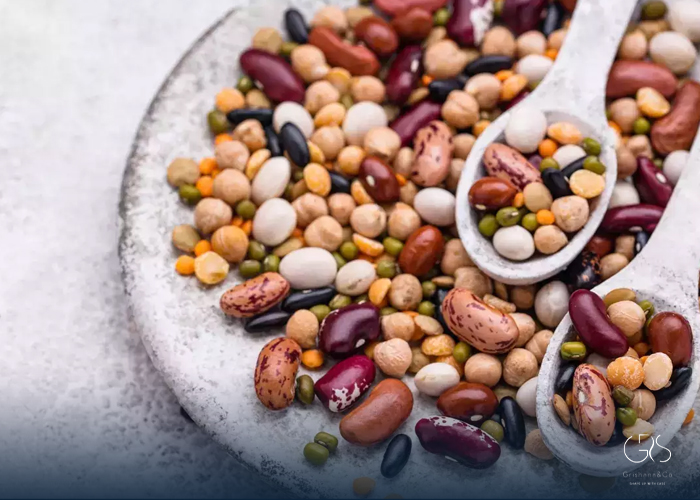
Nuts and seeds: Enjoy almonds, walnuts, chia seeds, flaxseeds, and hemp seeds for healthy fats, protein, and micronutrients.
Fish and seafood: Choose fatty fish such as salmon, mackerel, and sardines for their omega-3 fatty acids, vitamins, and minerals.

Dairy and eggs (optional): Pescatarians can choose to include dairy and eggs if desired.

Foods Not in the Pescatarian Diet
The Pescatarian Diet excludes the following:
- Poultry: Chicken, turkey, and other poultry products are not included.
- Beef, pork, and other red meats: These meats are not part of the Pescatarian Diet.
- Processed meats: Avoid deli meats, sausages, and other processed meat products, as they are high in saturated fat, sodium, and preservatives.
Meal Ideas for the Pescatarian Diet
- Baked salmon with quinoa and roasted vegetables.
- Lentil and vegetable curry served with brown rice.
- Whole grain pasta with a tomato and shrimp sauce.
- Mixed greens salad topped with grilled tofu and a citrus dressing.
- Vegetable stir-fry with tofu and cashews.
- Black bean and avocado tacos on whole wheat tortillas.
(I suggest you read my article on avocado consumption. It provides more information on the topic)
Benefits of the Pescatarian Diet
May Improve Your Heart Health
Studies suggest that the Pescatarian Diet, high in plant-based foods and seafood, may help lower the risk of heart disease, reduce cholesterol levels, and improve overall heart health. A review of several studies found that pescatarians tend to have lower blood pressure and a decreased risk of cardiovascular disease compared to those who consume red meat regularly.
May Lower Your Cancer Risk
The high intake of fruits, vegetables, whole grains, and seafood in the Pescatarian Diet has been associated with a reduced risk of certain types of cancer. Studies have shown that people who follow a Mediterranean-style diet, which is similar to the Pescatarian Diet, have a lower incidence of colorectal, breast, and prostate cancers.
May Support Your Eye Health
The Pescatarian Diet’s emphasis on fruits and vegetables rich in vitamins A, C, and E, as well as omega-3 fatty acids from fish, may benefit eye health. These nutrients have been linked to a lowered risk of age-related macular degeneration and cataracts.
May Support the Environment
Concern for the environment is another reason some individuals choose the Pescatarian Diet. Compared to traditional livestock farming, fish and seafood production generally has a lower carbon footprint and requires less land and water resources.
Is the Pescatarian Diet Safe?
The Pescatarian Diet can be a safe and healthy dietary approach when properly planned. However, it is important to be mindful of potential nutritional deficiencies, particularly regarding vitamin B12, omega-3 fatty acids, and iron. Adequate supplementation or careful food selection should be considered to ensure all nutrient needs are met.
Conclusion
The Pescatarian Diet is a flexible and nutrient-rich dietary approach that combines the advantages of a plant-based lifestyle with the inclusion of seafood. It may offer several health benefits such as improved heart health, lower cancer risk, enhanced eye health, and positive environmental impacts. By adhering to the guidelines and ensuring nutritional balance, individuals can safely enjoy the benefits of the Pescatarian Diet.
Sources
- healthline, What Is a Pescatarian and What Do They Eat?
- bswhealth, Is the pescatarian diet right for you?
- medicalnewstoday, What is a pescatarian diet?


